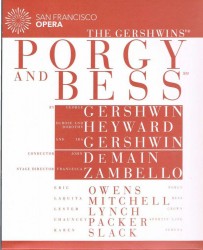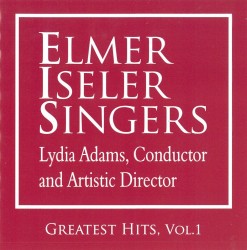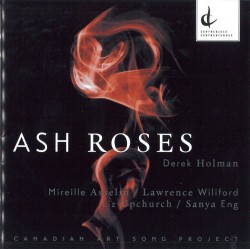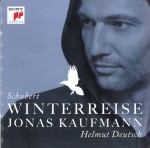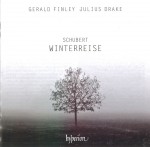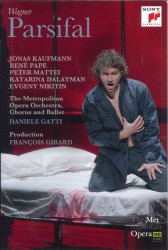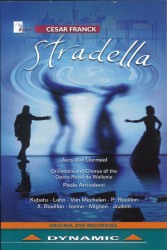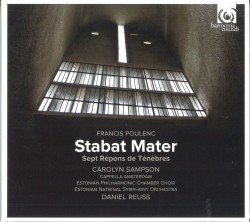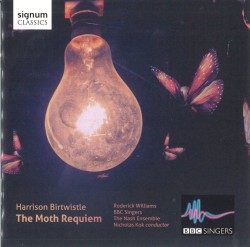Verdi – Arias - Krassimira Stoyanova; Munchner Rundfunkorchester; Pavel Baleff
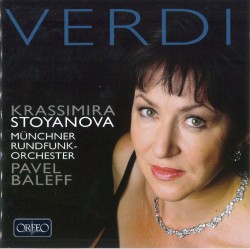 Verdi – Arias
Verdi – Arias
Krassimira Stoyanova; Munchner Rundfunkorchester; Pavel Baleff
Orfeo C 885 141 A
In my journey last year through all of Verdi’s 26 operas I found one thing in common. The most interesting character, in conflict between her love and other, higher moral issues is nearly always the woman: Traviata, Aida, Luisa Miller, Amelia, Elisabetta…, the list is endless. Verdi was very partial to the lead sopranos, even his wife was one. It was true “he murdered sopranos,” he was so demanding and non-compromising: ”Pay attention to the quality of the voice” he so ordered Boito while selecting the right soprano … “to the intonation and above all to the intelligence and feeling.”
Intelligence and feeling could be the trademark of Krassimira Stoyanova, Bulgarian-born, who quickly rose to fame as leading soprano of the Vienna State Opera and is nowadays one of the most sought-after soloists worldwide. This new album is her third solo release, the previous two having won some prestigious awards.
The ambitious program takes us to the very core, the heart of Verdi, to roles of high vocal demands and intense emotional complexity. All of them are a rare treat for a Verdi-phile such as me. Stoyanova’s range is amazing: from the young and innocent Giovanna d’Arco through the tortured and victimized heroine Luisa Miller to the pinnacle of vocal grandeur of Don Carlo, in the supremely difficult and challenging aria Tu che le vanità. Certainly no stranger to these pages, I reviewed her Desdemona back in April 2007, in a DVD of Verdi’s Otello.


